
The Bible has many, what some may call supernatural stories, but almost everything that is difficult to explain scientifically can be defined as a miracle. In the past, people did not have the means to investigate and understand natural phenomena that occurred, but today we have a wealth of tools that help us understand what really happened. Some say that such proofs contradict Bible stories, but many believe the opposite - that they confirm that these stories actually happened, and today you’ll find 10 proofs and explanations that some of the most well-known Bible stories probably did happen…
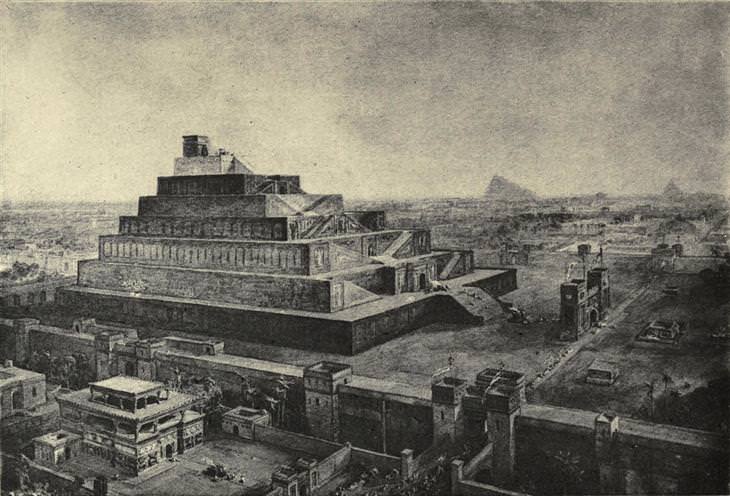
In the story of the Tower of Babel, people decided to build a high tower that would reach heaven, but God disrupted these plans by giving them different languages that made communication difficult. For a long time researchers believed that the story was a myth and nothing more, but today they are debating whether the Temple of Etmananki may in fact be the Tower of Babel. The ancient temples of Mesopotamia were called "Ziggurat", meaning "to be tall" or "to be prominent," and the Etmananki Temple was considered one of the oldest temples for which construction was the most difficult. Originally the temple reached a height of 91 meters, but today only ruins remain.
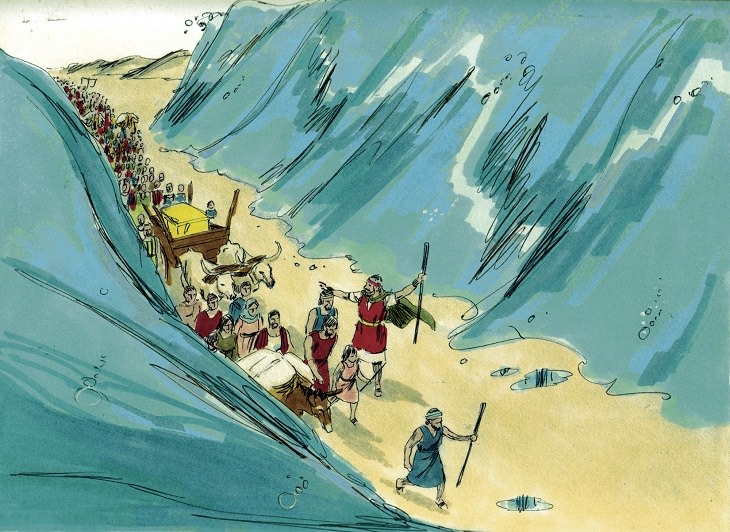
In the Book of Exodus, the Israelites crossed the Red Sea when Moses parted it in two, and a scientist, by the name of Carl Drews, may have found an explanation for the phenomenon that occurred. According to his explanation, the Israelites could indeed cross the Red Sea this way if the wind hit at a speed of 95 km/h, creating a temporary land bridge.
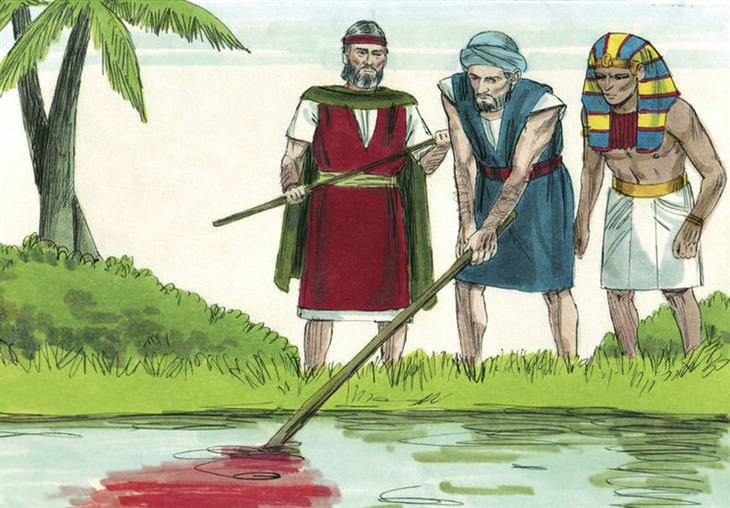
In the story of the exodus, it is told that the waters of the Nile turned to blood during the first plague that God hit the Egyptians with. Some scientists say it was not blood, but red algae that filled the Nile and colored its waters red, but other researchers say that it could be a deadly single-celled creature which may have killed many fish in the river and caused their blood to fill it. Either way, such speculation is compatible with the scientists who claim that there were indeed ten Egyptian plagues, which came in the form of ecological disasters with one leading to the next.
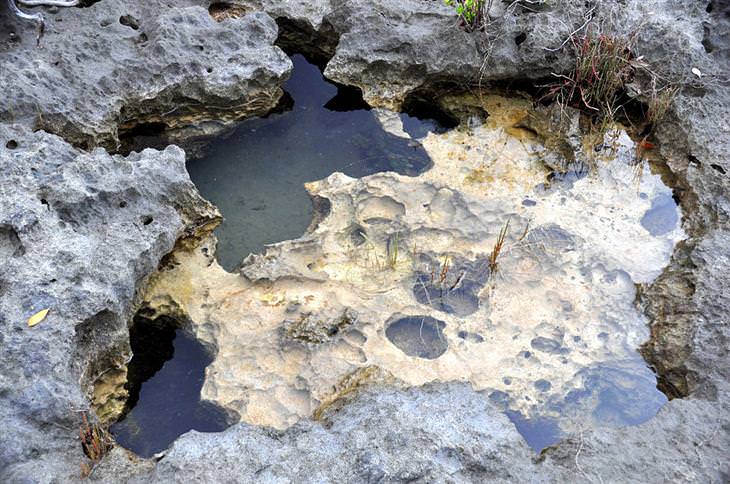
The Book of Exodus describes a story of Moses hitting a rock and receiving water. This is indeed an exceptional event, but today scientists know that limestone, abundant in the desert in the Mesopotamia region, is soluble in water and can store a lot of liquid in it. Finding such a rock is not an easy task at all, but it is possible that the rock that Moses struck was indeed liquid containing limestone.
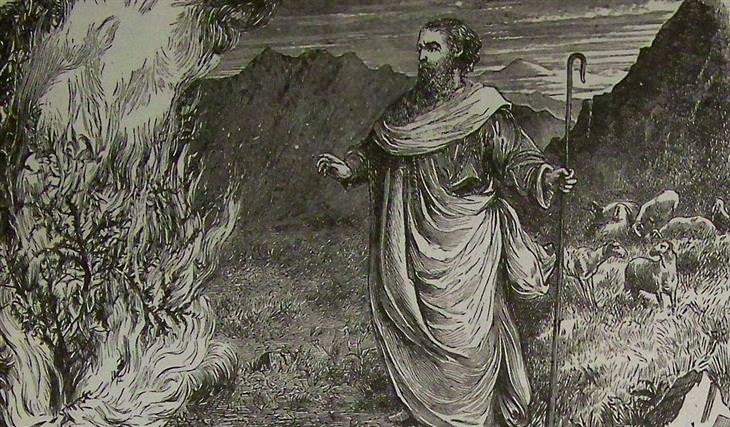
The Book of Exodus tells us that Moses saw a flaming bush that was not burning, and scientists suggest that Moses was not merely witnessing just any natural phenomenon, but a phenomenon called "earthquake lights." This causes stones and minerals to radiate light, and it occurs before or during tectonic movements such as earthquakes or volcanic eruptions. However, such an explanation still does not satisfy all opinions, so researchers have deepened their research and speculated that the volcanic activity for which the direct earthquake lights appeared was under that specific bush, which caused the soil around the bush to be very hot. This phenomenon was even observed in Norway, where there was a “flaming” bush that did not burn under exactly the same conditions.
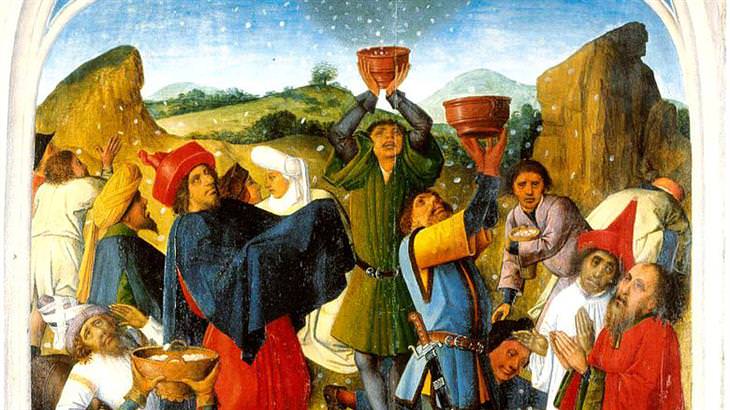
While the Israelites had been in the desert for 40 years, they needed food to survive. According to the Bible, God provided the Israelites Manna from heaven, but what is this Manna? Scientists say it was a sweet secretion carried by the wind, which came from a plant parasite that attacked the bushes in the desert area where the Israelites lived.
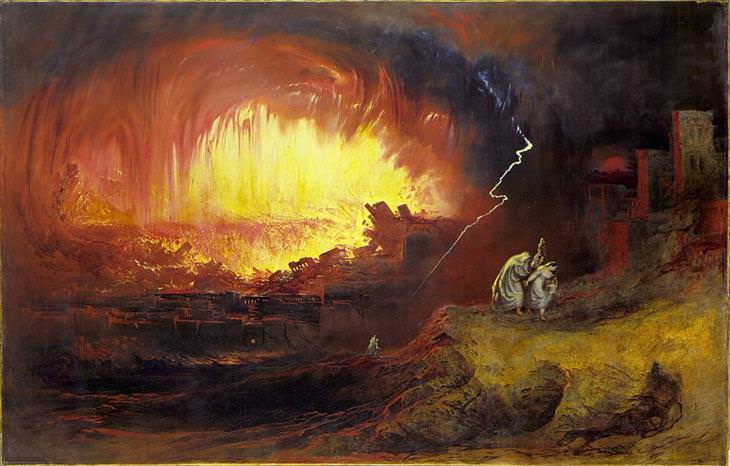
In the Book of Genesis, it is said that God destroyed Sodom and Gomorrah with a rain of fire, and today, researchers who have studied cuneiform manuscripts from the time in question discovered that an astronomer from the distant past documented seeing a meteor landing on the region. The researchers can’t say with certainty that the writings took place during the exact period in which Sodom and Gomorrah were destroyed, but this could indeed explain the case.
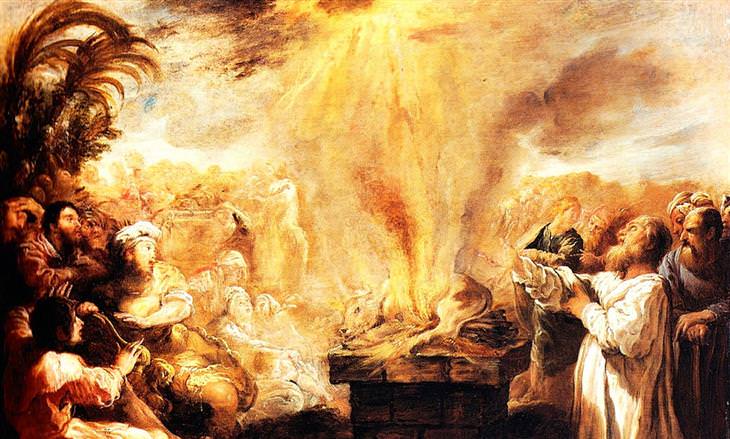
The Bible tells of a contest held between Elijah the prophet and the prophets of Baal, where they ascended a mountain and tried to determine whose god was real. When Elijah set up his altar he poured water on it, and when he finished he prayed to God to bring down fire from heaven, and indeed it happened.
Even though the Bible says that the sky was clear and without rain, scientists explain the phenomenon as a natural movement of lightning that hit the electricity conducting water. It also happens today in various places around the world, where the sky seems clear one second and suddenly a cloud emerges, leading lightning to mountain peaks or large bodies of water.
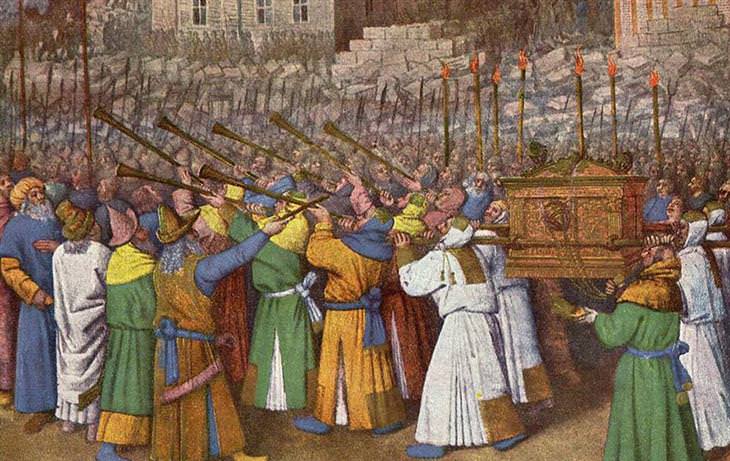
In the Book of Joshua, it is told that the Israelites reached the Promised Land, where they were forced to conquer the city of Jericho. According to the biblical story, they walked around the walls for a week, while blowing their shofars (an ancient musical horn typically made of a ram's horn), and on the seventh day the walls of Jericho fell. Today, researchers believe that the walls fell in the wake of an earthquake in the area, the findings of which were discovered in recent excavations.
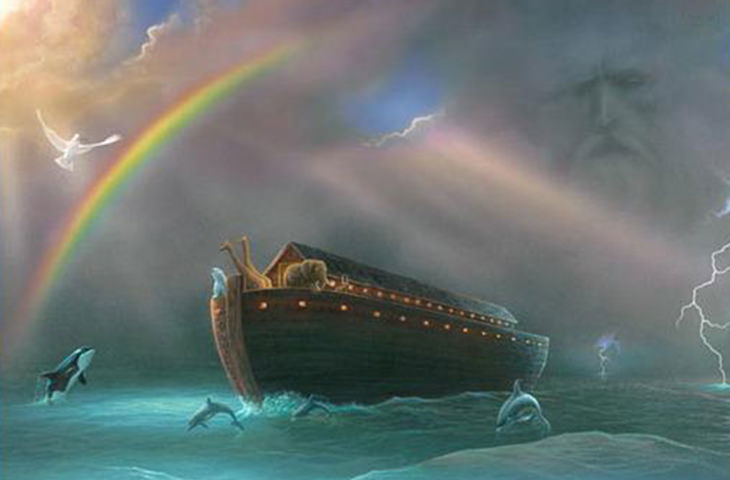
The story of Noah's ark is one of the best known in the Bible, and for many years scientists were sure that such an event could never have happened, but geologists studying rivers in the valleys of Washington, DC, discovered that they were created when a huge glacier from Montana melted, flooding the area and creating those rivers and valleys. Today, scientists believe that the same flood that is told of in the Bible happened due to a huge glacier melting near Mesopotamia.
Whether these events occurred naturally or by the hand of God, is up to you to decide, but what is certain is that these well-known stories from the Bible probably occurred, and were not purposelessly recorded in the Book of Books...
image source: James Padgett, James St. John, Peter K. Levy, Sweet Publishing